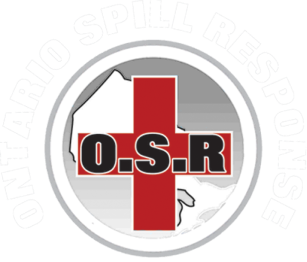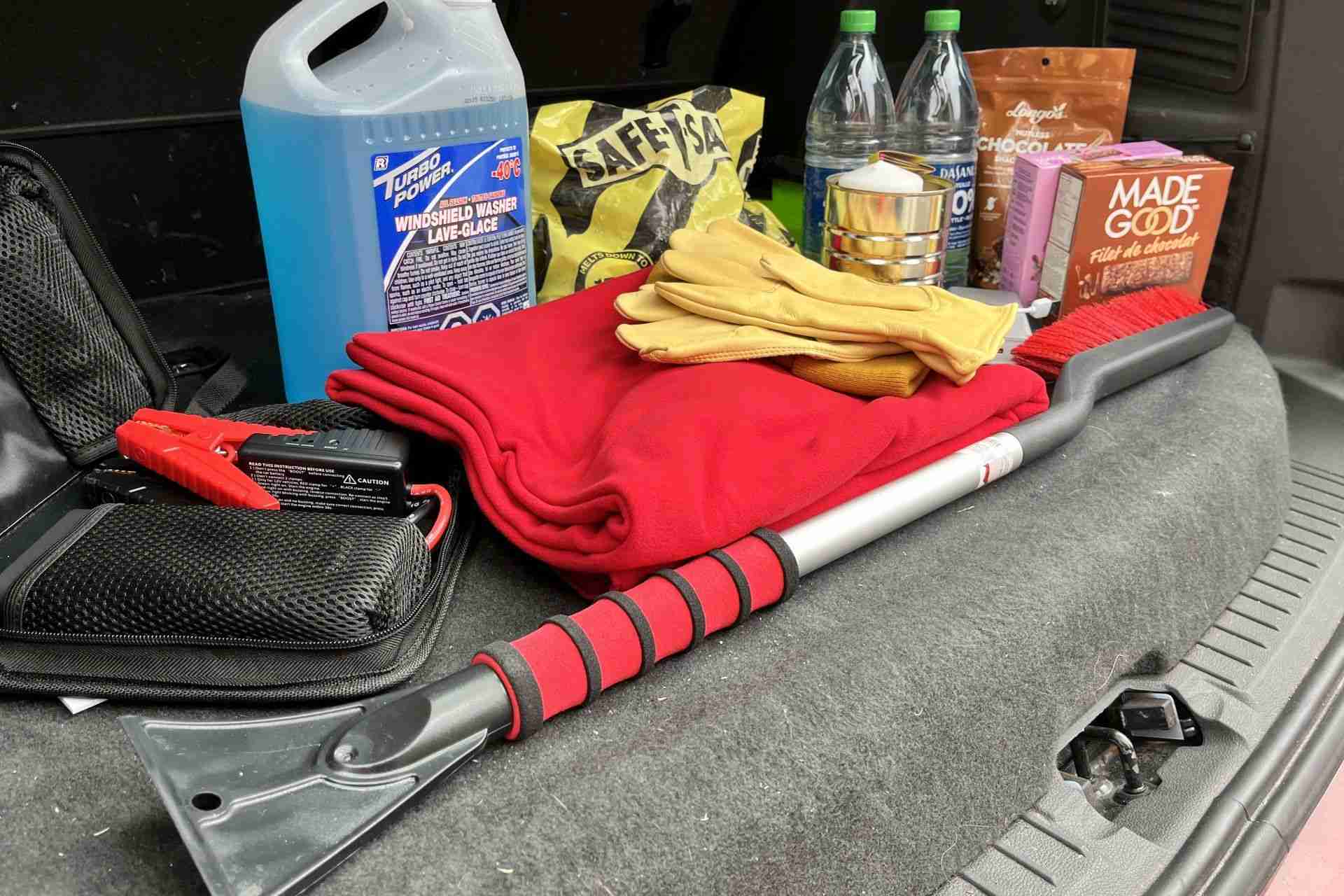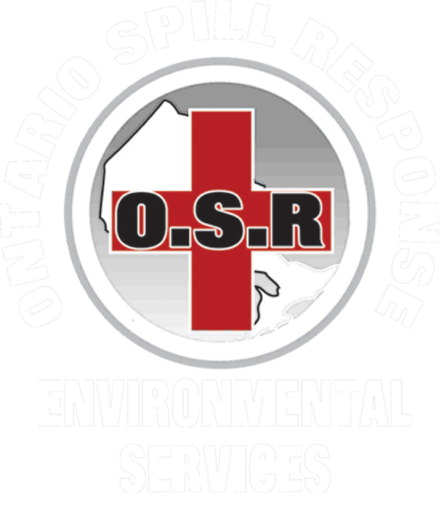Winter in Ontario can be brutal. Here’s how you can get your vehicles winter-ready in-case you have the bad luck of getting caught in stormy weather or poor road conditions.
Preparing Your Vehicle for Winter Weather
Before the snow starts falling, make sure your vehicle is in top shape for winter conditions. Ontario’s winter weather can vary, but temperatures can drop drastically, and roads can become icy and hazardous. Here’s what to check before heading out on the road:
- Tires: Winter tires are a must. They provide better traction in snow and ice, ensuring your vehicle can get where it needs to go without getting stuck or slipping. Don’t forget to check the tire pressure regularly, as cold weather can cause the air in your tires to contract, affecting their performance.
- Battery: Cold weather can be hard on your battery. Make sure the battery is fully charged and in good condition. If your battery is more than 3-4 years old, consider getting it tested or replaced before the winter season.
- Fluids: Ensure your vehicle’s antifreeze levels are adequate and use winter-grade windshield washer fluid. Regular fluids checks are especially important when temperatures dip below freezing, as they can prevent your engine from overheating or your windshield from icing up while you’re on the road.
- Oil: Consider switching to a winter-grade oil if you’re still using a thicker oil from the warmer months. Winter-grade oils flow better in cold temperatures, making your engine run more efficiently.
Essential Equipment to Have on Hand
When you’re responding to a spill in winter, you don’t just need a reliable vehicle—you also need the right equipment to keep everything running smoothly in harsh weather conditions. Here are some essentials that should always be in your spill response vehicle:
- Snow and Ice Removal Tools: You’ll need basic tools like a snow shovel, ice scraper, and snow brush. These might seem simple, but they’re crucial for clearing your vehicle’s windows and the area around your vehicle so you can safely assess the situation.
- Tire Chains and Traction Mats: If you’re working in particularly icy or snowy conditions, tire chains can make a huge difference. Traction mats are also useful if you find yourself stuck in deep snow or mud.
- Emergency Kit: In case you’re stuck for an extended period, an emergency kit should include blankets, non-perishable food, water, a flashlight, and a first aid kit. Additionally, make sure you have a fully charged phone and a portable charger for emergencies.
- Flashlights and Extra Batteries: Winter days are shorter, and in spill response, you never know when you might be in dark conditions. Keep a high-quality flashlight and extra batteries handy.
Dealing with Snow, Ice, and Slippery Roads
It’s important to adjust your driving habits for winter conditions. Here are a few tips for staying safe:
- Drive Slowly and Smoothly: Sudden acceleration or braking can cause your vehicle to slide on icy roads. Instead, drive slowly and smoothly, and give yourself plenty of time to stop. Always maintain a safe distance between vehicles, as stopping distances increase on snow and ice.
- Use 4WD or AWD When Necessary: If your vehicle is equipped with four-wheel drive (4WD) or all-wheel drive (AWD), make sure to use it when navigating through snowy or icy conditions. This will help with traction, but don’t rely solely on 4WD to drive faster in poor conditions—always drive cautiously.
- Clear Snow and Ice from Your Vehicle: Before heading out, clear all snow and ice from your windows, mirrors, headlights, and taillights. You also want to remove snow buildup from your roof and hood to avoid it sliding down while driving and obstructing your view.
Winter in Ontario is tough, but with the right preparation, you can ensure that your vehicle is ready to handle the challenges of winter driving, while keeping you and your passengers safe. Make sure your vehicle is properly maintained and that you have the right equipment on hand.


